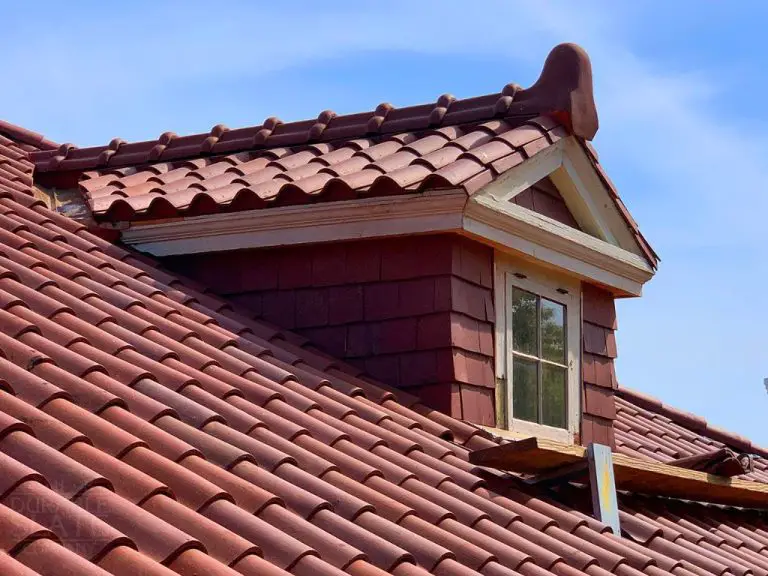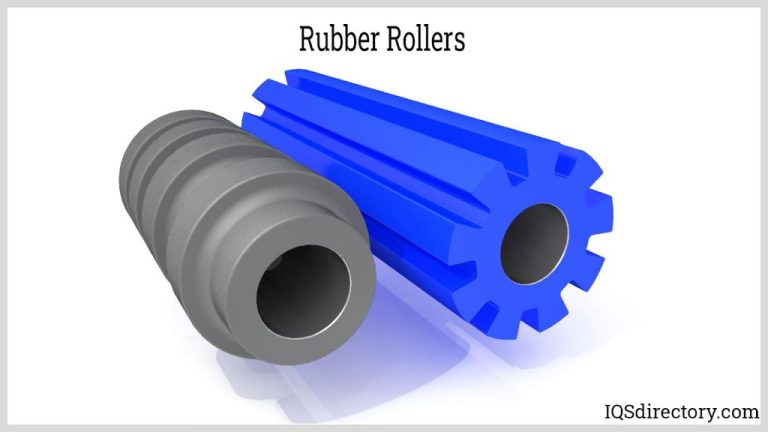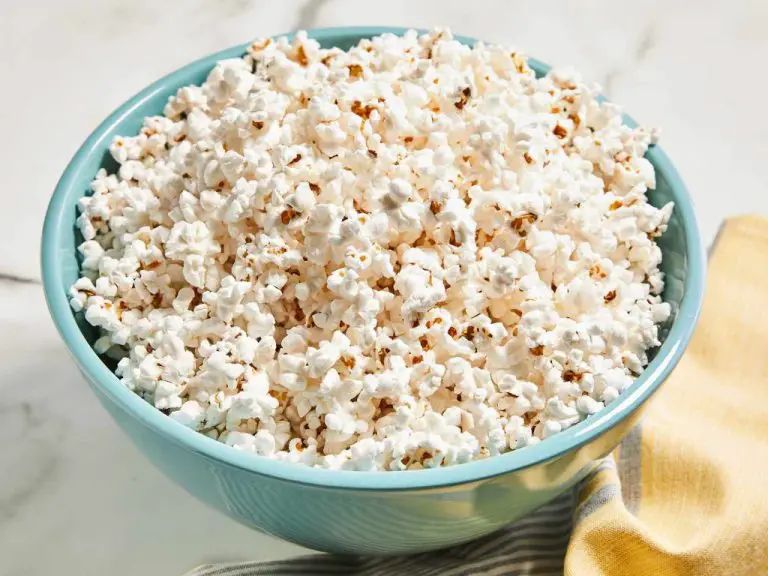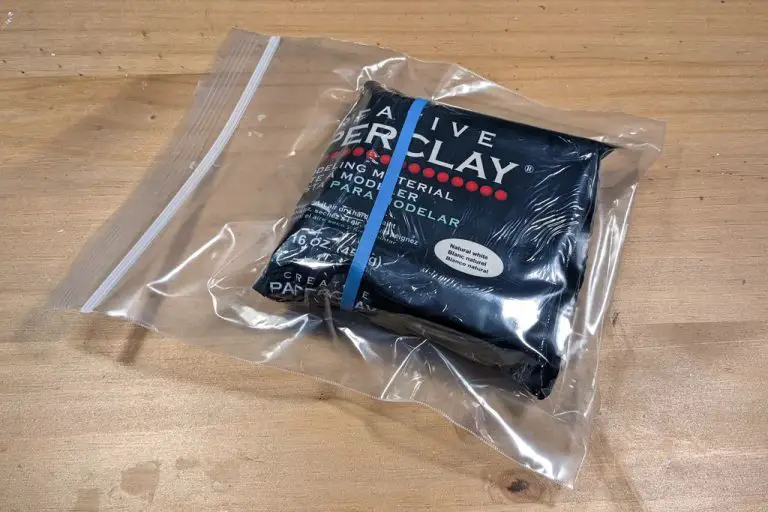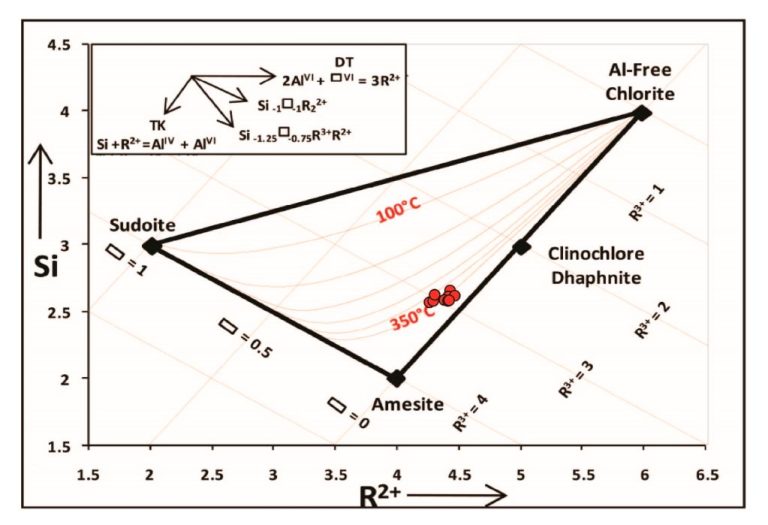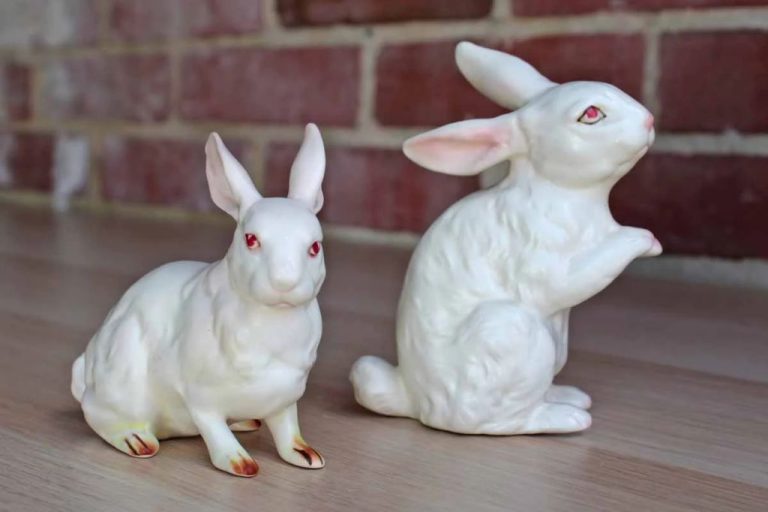What Type Of Clay Can You Bake In The Oven?
Clay is a type of fine-grained natural soil material that is plastic when wet and hard when fired at high temperatures. It has been used for thousands of years to create pottery, ceramics, and other objects by shaping it while wet and then baking or firing it in a kiln to permanently harden it through a process called sintering.
When it comes to baking with clay, there are several types that can be safely used in a standard kitchen oven. Polymer clay, air-dry clay, oven-bake clay, and earthenware clay are all options for home baking projects. Each type has different properties and requires slightly different handling to achieve the best results.
Baking with clay allows creating decorative, functional, or artistic ceramic pieces ranging from jewelry and figurines to dishes and cookware. With proper preparation and care, clay can be safely baked in a conventional oven to permanently harden finished projects.
Types of Clay for Baking
There are several types of clay that can be safely baked in a standard kitchen oven for arts, crafts, and other creative projects. The most common oven-bake clays include:
Polymer Clay
Polymer clay is very popular for baking as it cures rock hard in the oven. It can be molded into detailed shapes before baking. Polymer clay remains flexible and workable until it is baked at around 265°F, at which point polymers cross-link to harden it. Well-known brands like Sculpey and Fimo are good starter polymer clays.
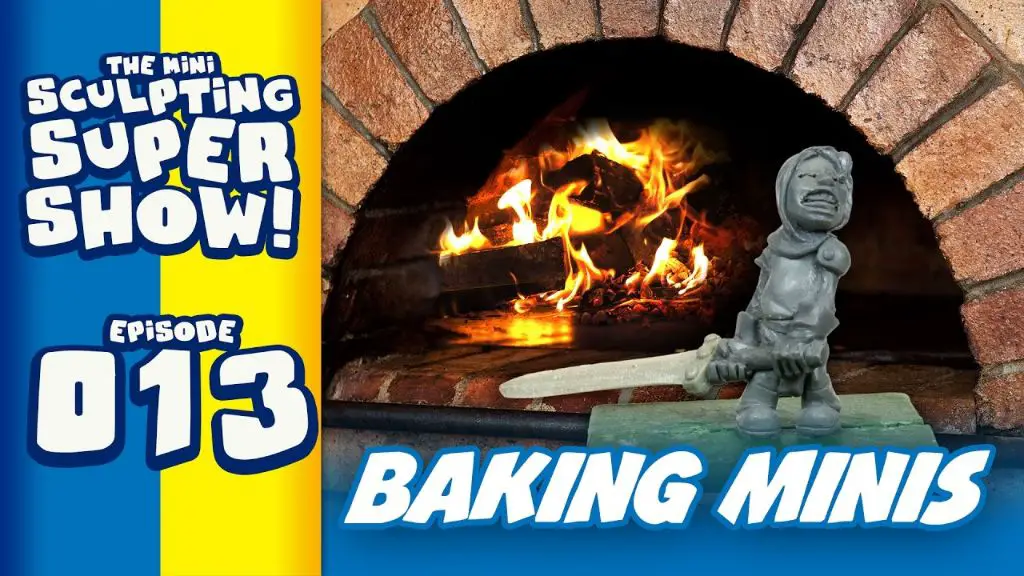
Air-Dry Clay
Air-dry clay dries naturally at room temperature, but baking provides extra hardness and durability. It’s an affordable clay made of natural materials like clay and cornstarch. Air-dry clay items may need an acrylic sealer for protection after baking.
Oven-Bake Clay
As the name suggests, oven-bake clay is specifically formulated to cure in a home oven at relatively low temperatures, typically around 275°F. It air dries slightly but baking is required to fully harden it. Sculpt It and Makins are popular oven-bake clays.
Earthenware Clay
Earthenware clay requires higher baking temperatures but produces durable, ceramic finished pieces. For earthenware to properly vitrify, baking must reach over 1,832°F, requiring a kiln rather than a standard kitchen oven. Special clay formulated for no-kiln firing exists as an alternative.
Polymer Clay
Polymer clay is the most popular type of clay for baking and crafting. It is a pliable plastic material made from PVC resin and plasticizers that hardens when baked in a regular home oven. Polymer clay remains flexible and workable until it is exposed to heat. Once baked, it permanently hardens and can no longer be reshaped.
Some key properties of polymer clay:
- Remains pliable at room temperature
- Does not dry out or harden over time
- Can be mixed to create custom colors
- Produces uniform, professional finishes after baking
- Is lightweight, durable, and easy to hand-shape
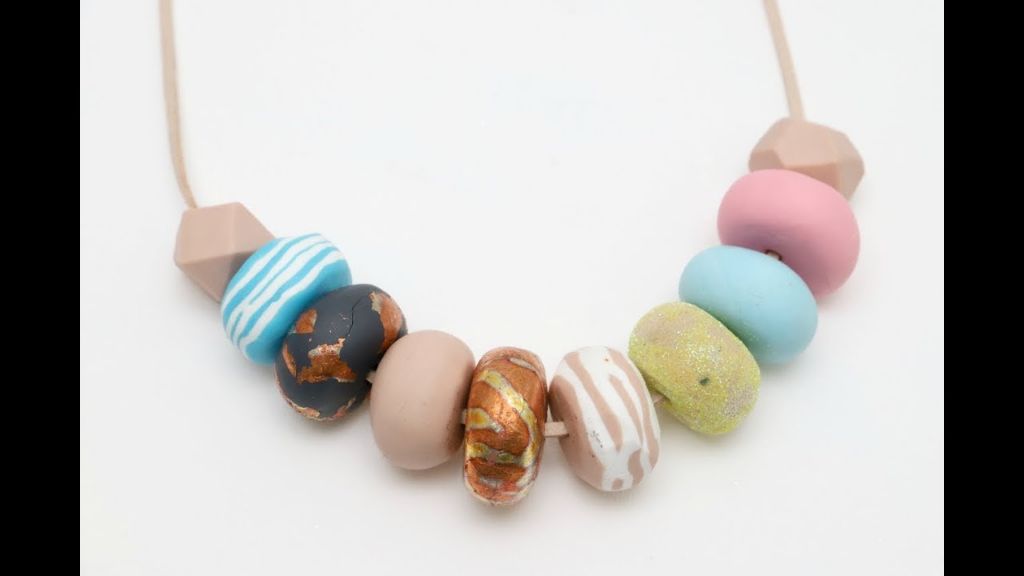
Popular brands of polymer clay include Sculpey, Fimo, Premo, Cernit, and Kato Polyclay. Each has slightly different properties when baking.
Most polymer clays should be baked between 265°F to 275°F for 30 minutes per 1/4 inch of thickness. Check the manufacturer’s instructions as times may vary. The clay should be baked in a well-ventilated oven, and fumes can be avoided by baking at lower temps for longer times. Let the clay cool completely before handling.
Air-Dry Clay
Air-dry clay is a type of modeling clay that dries at room temperature. It does not require baking in an oven or kiln. Air-dry clay is made from materials like cellulose polymers and minerals that harden as the water evaporates.
Some key properties of air-dry clay include:
- Does not require oven baking or firing
- Dries naturally at room temperature as water evaporates
- Available in a variety of colors
- Smooth, soft texture that is easy to shape
- Once dry, it maintains its shape
- Non-toxic and safe for kids
Popular brands of air-dry clay include Activa Air-Dry Clay, Crayola Air-Dry Clay, and Das Air-Dry Modeling Clay. Each brand has its own formulation that results in slightly different drying times and properties.
On average, air-dry clays take 1-3 days to fully dry and cure at room temperature. The exact drying time depends on factors like the thickness of the clay, air circulation, and humidity. To speed drying, pieces can be placed in a warm oven or dehydrator without baking.
Oven-Bake Clay
Oven-bake clay, also known as polymer clay, is a type of modeling clay that cures and hardens when baked in a regular home oven. Polymer clay contains plasticizers such as phthalate and polyvinyl chloride giving it elasticity and workability. Popular brands of oven-bake clay include Sculpey, Fimo, Premo! and Cernit.
Oven-bake clays come in a wide variety of colors that can be blended and mixed to create custom colors and effects. They are easy to condition and smooth, enabling detailed sculpting and shaping. Polymer clays remain flexible and workable even when cool. The clay can be reused by kneading and conditioning.
Most oven-bake clays cure at temperatures between 130°C and 150°C (265°F- 300°F) for 15 to 30 minutes per 6mm of thickness. It’s important to check the manufacturer’s guidelines as curing times and temperatures can vary between brands. Oven thermometers are recommended when baking polymer clay to ensure proper temperature control.
When cured, oven-bake clay becomes a durable plastic that does not dry out over time. Pieces made from polymer clay can have a high level of detail and vibrancy of color. Popular uses include jewelry, decorative objects, doll making and more. Properly cured clay items are food-safe and dishwasher-safe.
Earthenware Clay
Earthenware clay is one of the most common types of clay used for baking. It is an air-dried clay that can be fired at lower temperatures, typically between 1500-2200°F. Earthenware clay contains a high percentage of silica and alumina. According to the pinterest article Earthenware Clay, some key properties of earthenware clay include:
- It has good plasticity which makes it easy to work with
- Absorbs water easily
- Its firing temperature is lower than other clays
- Tends to be porous after firing unless glazed
Because earthenware clay can be fired at lower temperatures, it is less durable than clays fired at higher temperatures. It also requires glazing if a non-porous finished product is desired. Glazes help make the clay items non-absorbent and provide decorative colors and surfaces. According to the pinterest article, common glazes used include tin-glazes, salt-glazes, and slip glazes. When working with earthenware clay, it’s important to follow proper drying and firing instructions to prevent cracking.
Clay Safety
When working with polymer clay or oven-baked clay, proper ventilation is crucial. Opening windows, using a fan, or working outdoors can help circulate fumes and particulates away from you. Polymer clay in particular can release fumes when baked, which should not be directly inhaled.
Another safety consideration with polymer clay is the potential presence of lead. Some lower quality polymer clays have been found to contain trace amounts of lead. While the risks are low, it’s best to avoid prolonged skin contact when working with polymer clay. Washing hands after handling the clay is recommended. Work surfaces should also be kept clean.
When baking clay in a home oven, it’s advised to line the oven with foil or a baking sheet to prevent any clay residue from direct oven contact. Dedicated clay ovens or toaster ovens are ideal to contain any particulates. Proper clean-up after baking will also help minimize risks. Overall, being aware of ventilation needs and lead exposure concerns can help promote clay craft safety.
Baking Vessels
When baking with clay, it’s important to use oven-safe vessels and molds. Many clay artists recommend using terra cotta or stoneware clay baking dishes, pans, and molds.
Terra cotta is an air-dried earthenware clay that can withstand high baking temperatures. Quality terra cotta pans and molds are sturdy and durable for repeated use in the oven. Be sure to check that any terra cotta bakeware is lead-free and marked oven-safe up to your target baking temperature.
Stoneware is a stronger fired clay that creates hard, nonporous surfaces perfect for baking. Reputable stoneware pans and molds can safely go from freezer to oven to table. Popular brands like Emile Henry, Le Creuset, and Staub produce quality stoneware bakeware.
When using terra cotta or stoneware, gradually preheat and cool to prevent cracking. Do not place directly on stove burners. If glazed, avoid metal utensils that could scratch surfaces. With proper care, these clays make excellent lasting baking vessels.
According to baking enthusiasts, terra cotta and stoneware pans or La Cloche bread makers produce excellent oven spring and crusty artisan breads (see https://forum.breadtopia.com/t/la-cloche-baker/3689). The steam-retaining properties of these thick clay walls give bread loaves an incredible oven rise.
Baking Tips
When baking polymer clay, follow these tips for best results:
Preheat the oven fully before baking. Polymer clay bakes best in a fully preheated oven. Allow your oven to preheat for at least 15-20 minutes at the baking temperature specified on the clay package before putting your clay piece in to bake. This helps ensure the clay bakes evenly throughout.
Check recommended baking times. Bake polymer clay pieces for the time specified on the packaging. Most clays bake for 15-30 minutes per 1⁄4 inch of thickness. Underbaking can lead to weak, undercured pieces while overbaking may burn or darken the clay.
Allow proper cooling time. Once baked, allow polymer clay pieces to cool completely in the oven before handling. Cooling the clay properly is key to avoiding cracks and breakage. Leave the oven door closed and don’t remove the clay until the oven has cooled fully back down to room temperature.
Clay Projects
There are many fun and creative projects that can be made with oven-bake clay. Some popular projects include:
- Jewelry – Oven-bake clay is commonly used to create jewelry like beads, pendants, earrings, rings, and more. The finished pieces can be painted, glazed, or left natural.
- Figurines and sculptures – Intricate figures, sculptures, and statuettes can be sculpted from oven-bake clay. These make for great decorative pieces or gifts.
- Dishes – Bowls, plates, cups, and other vessels are fun clay projects. These can be embellished with textures, cut-outs, or collage materials.
- Magnets – Clay magnets in fun shapes are easy to make. These can be themed or customized.
- Coasters – Ceramic coasters can have interesting shapes or mosaic tile designs.
- Boxes – Small trinket boxes, keepsake boxes, and jewelry boxes can be constructed from oven-bake clay.
- Buttons and beads – DIY buttons, beads, and other components for jewelry-making can be fashioned from clay.
- Ornaments – Ornament shapes like stars, hearts, and balls are classic clay projects. These make lovely holiday decorations.
The possibilities are endless when working with oven-bake clay. Let creativity be your guide when brainstorming project ideas. From practical dishes to whimsical sculptures, oven-bake clay is a versatile and fun crafting material.

